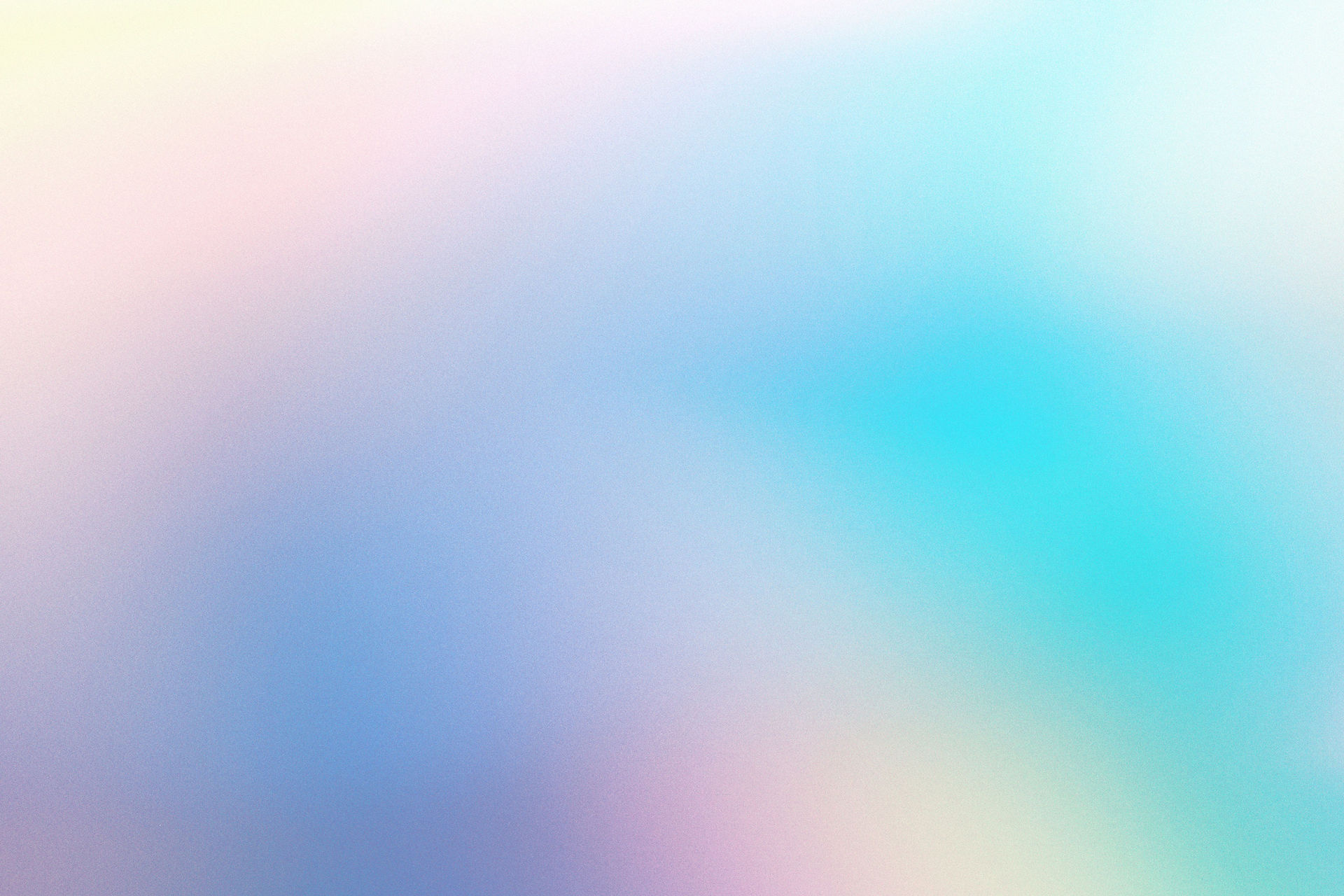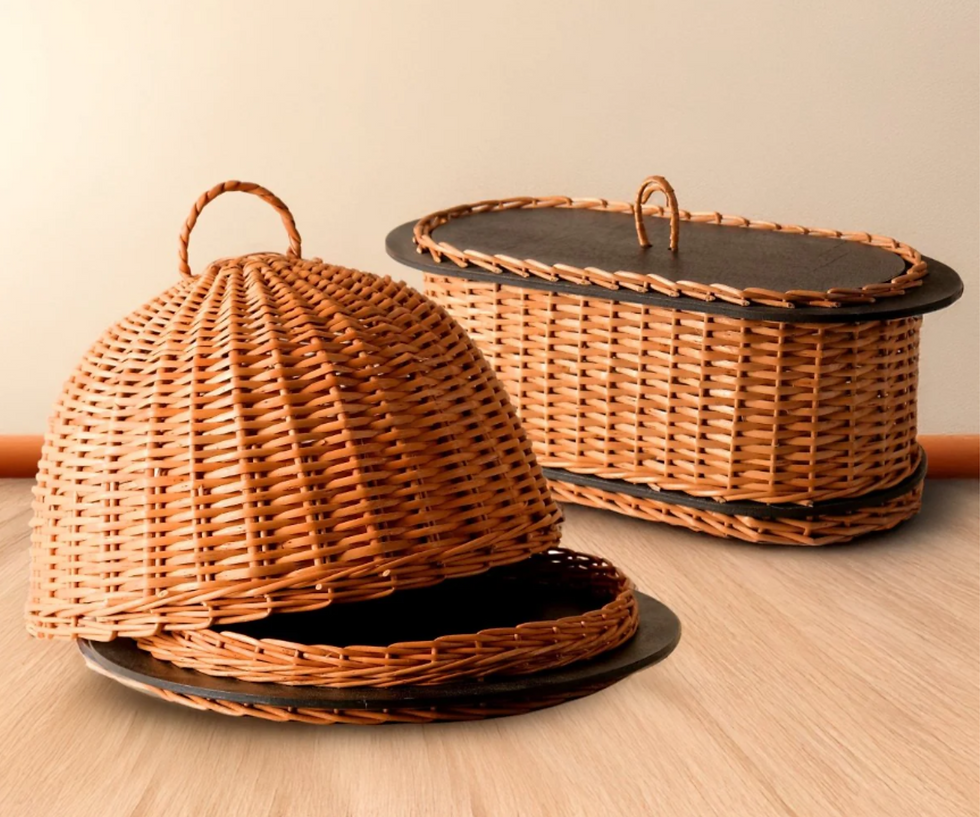Naqashi: The Painted Soul of Kashmir
- Studio Kilab

- May 23
- 5 min read
A story of brushstrokes, beauty, and belonging from the valley of paradise

Prologue: A Valley Painted in Light
Imagine walking through the narrow, cobbled lanes of old Srinagar, Kashmir’s ancient capital. The morning light reflects off Dal Lake, and the air smells of saffron, fresh bread, and pinewood smoke. Behind carved walnut doors, in time-worn homes and shaded workshops, artisans sit cross-legged, bent over small, delicate objects, holding impossibly thin brushes between weathered fingers.
This is the world of Naqashi — a centuries-old painting tradition that brings life to Kashmir’s most iconic art: papier-mâché, woodwork, and spiritual artifacts. But Naqashi is more than painting. It is the soul of a culture, expressed in flowers, colors, and calligraphy — a craft where each brushstroke whispers the stories of Kashmir’s people, pain, and poetry.
1. Origins: Where Persia Meets the Himalayas
Naqashi arrived in Kashmir sometime in the 14th century, carried on the winds of Sufi mysticism and Persian refinement. When Mir Sayyid Ali Hamadani, a saint from Iran, journeyed to Kashmir, he brought with him not only Islam but a caravan of artists, poets, and craftsmen.
These masters taught the locals how to mold paper into shapes — giving birth to papier-mâché — and then how to decorate them using the refined art of miniature painting: Naqashi. Over time, Kashmiris infused the Persian techniques with their own symbols, nature, and color sensibilities, birthing an art form both global in origin and deeply local in soul.
2. What Is Naqashi? The Language of the Brush
Naqashi (from the Persian word naqsh, meaning to engrave or decorate) refers to the meticulous, hand-painted decoration applied to objects — mostly papier-mâché, but also wood, metal, and sometimes walls.
It is not a surface-level embellishment. It is a visual storytelling method — symbolic, spiritual, and deeply emotional. The motifs are drawn from Kashmir’s natural bounty and its poetic imagination:
Chinar leaves – symbols of resilience and change
Lotuses – purity and rebirth
Almond blossoms (badam phool) – fertility and feminine beauty
Cypress trees (sarv) – immortality
Birds – messengers between earth and heaven
Arabesques and calligraphy – echoing the divine order
Every object — whether a humble pen box or an ornate vase — is a canvas of meaning.

3. The Artists: Generations in Color
Naqashi is practiced by a small, tight-knit community of hereditary artisans, often in Srinagar’s old neighborhoods like Zadibal, Rainawari, Nowhatta, and Downtown (Shehr-e-Khas). These artisans, known as Naqash, pass down their knowledge orally and practically — from father to son, mother to daughter — without formal education, but with a lifetime of observation and practice.
Each artisan begins young, learning to hold the fine brush made from squirrel hair, mix pigments, and eventually, master the art of freehand drawing without templates. Steady hands and patient hearts are required — because a single misstep can ruin hours, even days of work.

4. The Process: From Blank to Brilliant
Step 1: Preparing the Base If the object is papier-mâché, it’s already been pulped, molded, and sun-dried. The surface is then sanded and coated with a base layer of chalk and glue (gesso) for smoothness.
Step 2: Drawing the Design Using a charcoal stick or graphite, the Naqash freehands the design — never traced, never printed. These patterns are often composed in the mind, inherited from memory or daily life.
Step 3: Painting Color is applied layer by layer. The paints are mixed from natural pigments, many of which are prepared by the artisans themselves:
Lapis Lazuli – for deep blues
Saffron and turmeric – for rich yellows and golds
Crushed gemstones or gold foil – for embellishments
Vegetable dyes and minerals – for greens, reds, and blacks
Using brushes finer than a strand of hair, they paint intricate lines, arabesques, and florals, sometimes for days on a single surface.
Step 4: Outlining and Goldwork Delicate black or gold outlines bring clarity to the design. Gold, when used, is hand-beaten and applied with extreme care.
Step 5: Lacquering The final step is the application of lacquer (varnish) that gives the object its glossy, glass-like finish. This also protects the work for decades, even centuries.
5. Daily Presence and Cultural Significance
In Kashmir, Naqashi is everywhere — quietly watching from shelves, prayer rooms, and tea trays. A papier-mâché bowl might serve nuts at a family gathering. A decorated pen box may hold letters from long-lost relatives. A Naqashi-covered Quran stand might have been in use for generations.
These objects are part of weddings, mourning, celebration, and prayer. They’re gifted, treasured, sometimes forgotten in attics, then rediscovered as heirlooms. For Kashmiris, they’re not “art” in the gallery sense — they’re threads in the fabric of everyday life.

6. The Youth Perspective: Between Loss and Rediscovery
For decades, many young Kashmiris viewed Naqashi as a fading tradition — underpaid, undervalued, and outdated in a world of machines. Artisan families discouraged their children from pursuing it, fearing economic insecurity.
But change is coming.
A new generation of Kashmiri designers, artists, and entrepreneurs is rediscovering the value of Naqashi:
Some are modernizing the motifs — blending traditional florals with abstract or political themes.
Others are using Naqashi on new surfaces — from phone covers and laptop sleeves to murals and jewelry.
Online platforms like Instagram, Etsy, and curated craft stores are helping youth reach international audiences who crave authenticity, story, and sustainability.
For many, learning Naqashi is not just a skill — it’s a way of reclaiming identity, of saying, “I belong to this valley. My hands speak its history.”
7. More Than Art: A Way of Seeing the World
To understand Naqashi is to understand a Kashmiri way of seeing. It is slow. It is patient. It values detail, metaphor, and beauty in small things. It reflects a landscape where everything — from seasons to political life — is fragile, yet intensely beautiful.
In a world rushing toward automation and uniformity, Naqashi reminds us of the power of hands, heritage, and harmony with nature.
Epilogue: A Brushstroke of Hope
Kashmir’s Naqashis don’t just paint — they preserve a philosophy. They remind us that art can survive in the most turbulent places. That even in a valley burdened by history, creation continues.
So next time you hold a painted paper mâché box, don’t just admire the colors. Imagine the artisan — a mother or son — sitting in a quiet room in Srinagar, mixing pigment, whispering stories into brushstrokes, and sending a piece of their heart into the world.
Because in Kashmir, every flower painted is a promise: “We are still here. We still create. We still remember.”






Comments